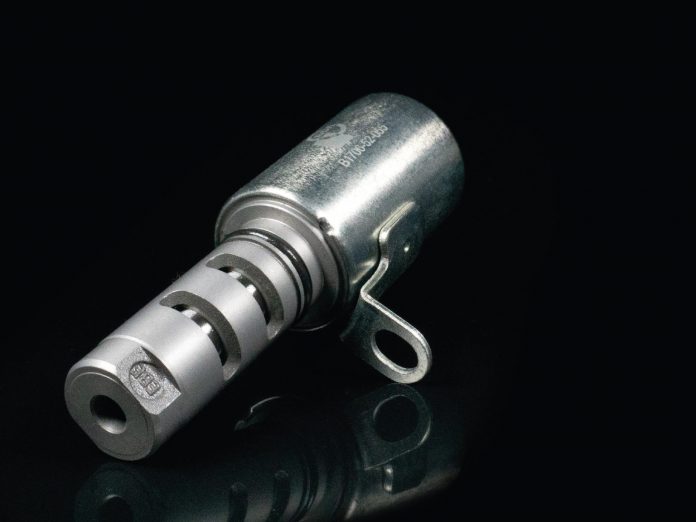Understanding Flat Face Flange Designs and Their Applications in Engineering
Understanding Flat Face Flanges Design, Applications, and Advantages
Flat face flanges are an integral component of piping systems, particularly in industries such as oil and gas, water treatment, and chemical processing. These flanges are characterized by their flat mating surfaces, which facilitate a tight seal when connected with another flat face surface. Unlike raised face flanges, flat face flanges are designed to be mounted on the same plane, making them ideal for applications where space constraints or alignment is critical.
Design Features
The design of flat face flanges adheres to various standards, including ANSI, ASME, and API specifications. They can be manufactured from different materials, including carbon steel, stainless steel, and various alloys, allowing for versatility depending on the application requirements. The gasket used in conjunction with flat face flanges is crucial, as it ensures a leak-proof connection. Typically, non-metallic gaskets such as rubber or PTFE are utilized, especially in corrosive environments where metal gaskets may not perform adequately.
Flat face flanges typically come in various sizes, allowing engineers to work with a wide range of pipe diameters. The thickness and bolt hole configuration of flat face flanges are also standardised, which simplifies selection and installation. Proper alignment and even torque application on bolts are vital to achieving an effective seal, making installation practices critical in ensuring performance.
Applications
flat face flange

Flat face flanges are widely used in numerous applications due to their reliable sealing capabilities and ease of installation. In industries dealing with low-pressure applications or fluids that are particularly sensitive to contamination, these flanges are preferable. For instance, in the food processing and pharmaceutical industries, flat face flanges prevent product contamination, which is essential for maintaining hygiene and compliance with safety standards.
Furthermore, flat face flanges are commonly found in municipal water systems, where they connect pipes and valves with minimal risk of leaks. The flat surface reduces stress points, making them suitable for installations where soil movements or vibrations are prevalent.
Advantages
One of the primary advantages of flat face flanges is their simplified installation process. Compared to raised face or other flange types, they offer significantly easier alignment and distribution of bolt tension, which can lead to reduced installation time and labor costs. Additionally, the flat surface design accommodates the use of a wider variety of gasket materials, enhancing the versatility of application in different environments.
Flat face flanges also promote a more uniform sealing surface, which is crucial in preventing leaks that can cause environmental hazards or operational downtime. Their performance in low-pressure systems enhances their appeal in various industrial applications.
In conclusion, flat face flanges are an essential component in modern piping systems, renowned for their design simplicity, ease of use, and reliability. Their broad applicability in various industries underscores their significance, making them a popular choice among engineers and maintenance professionals alike. Understanding their design, applications, and advantages is crucial for making informed decisions in flange selection and installation, ultimately improving the efficiency and safety of piping systems.
-
The Versatility of Ball Valves in Fluid Control SystemsNewsJun.10,2025
-
The Practical Benefits of Centerline Butterfly ValvesNewsJun.10,2025
-
The Benefits of Bellows Seal Globe Valves for Industrial SystemsNewsJun.10,2025
-
The Advantages of Offset Butterfly ValvesNewsJun.10,2025
-
Ductile Gate Valves: Strong, Reliable, and Essential for Every SystemNewsJun.10,2025
-
Cast Iron Gate Valves: A Reliable Solution for Every SystemNewsJun.10,2025
-
Why Choose a Brass Gate Valve for Superior Performance and DurabilityNewsMay.09,2025




